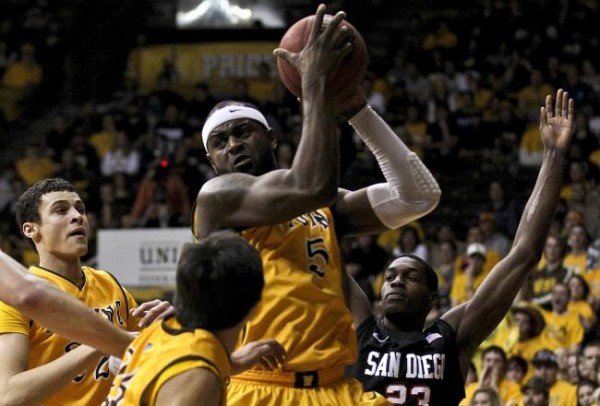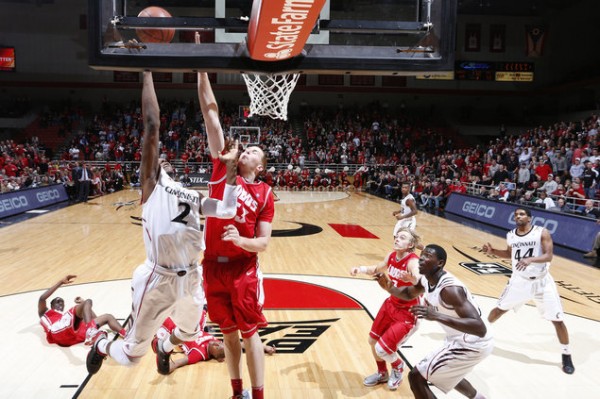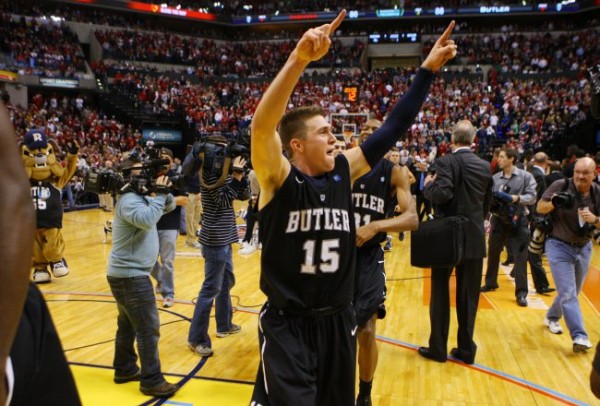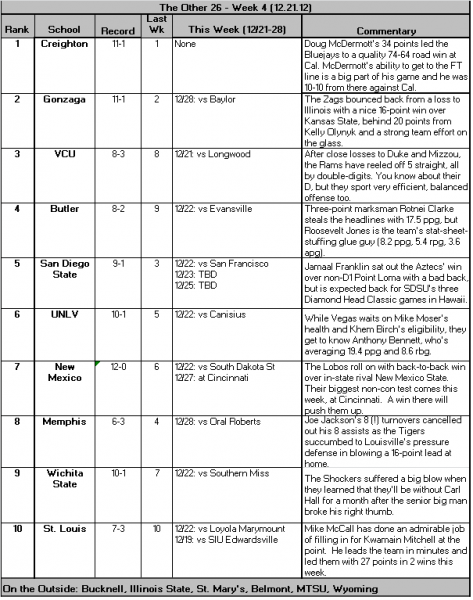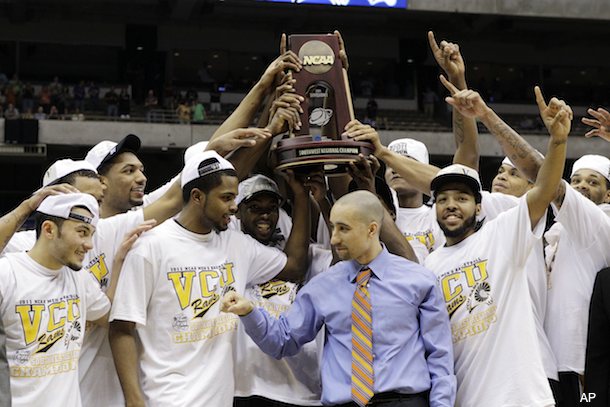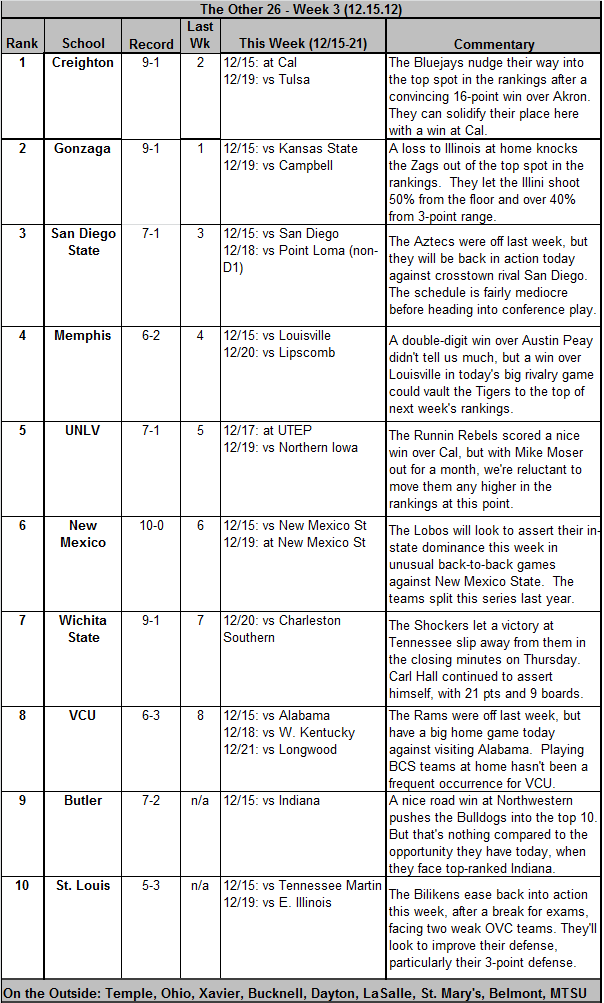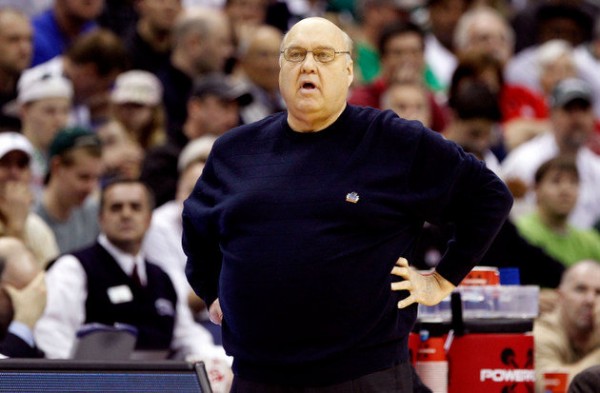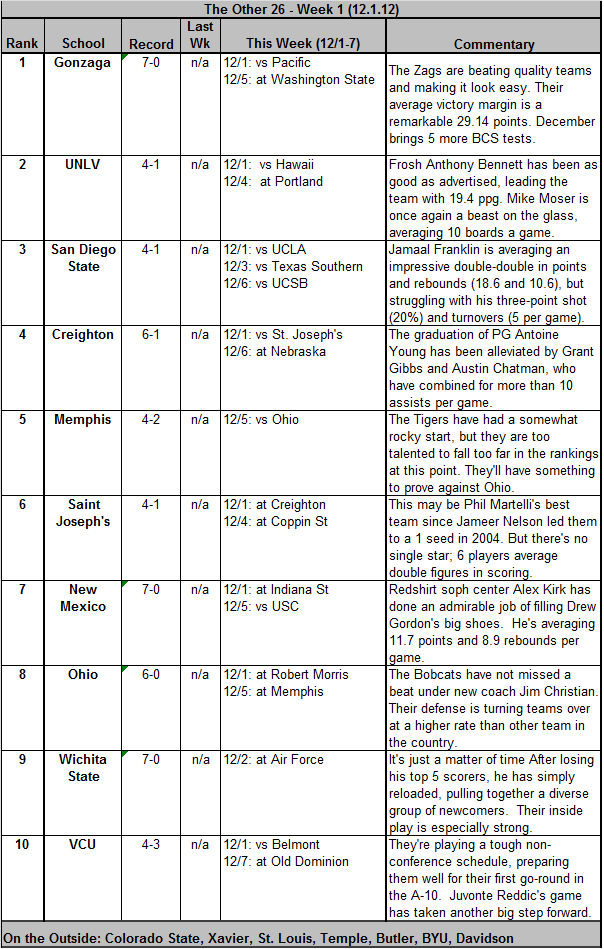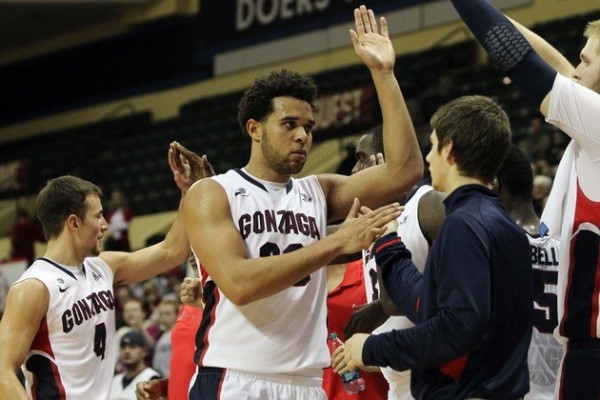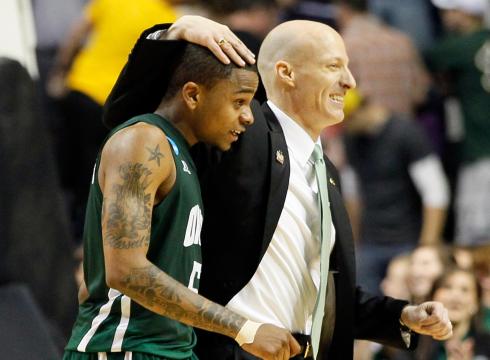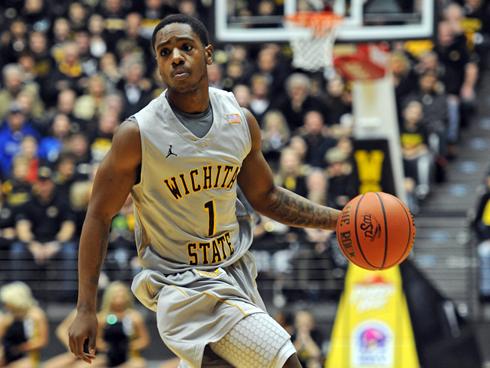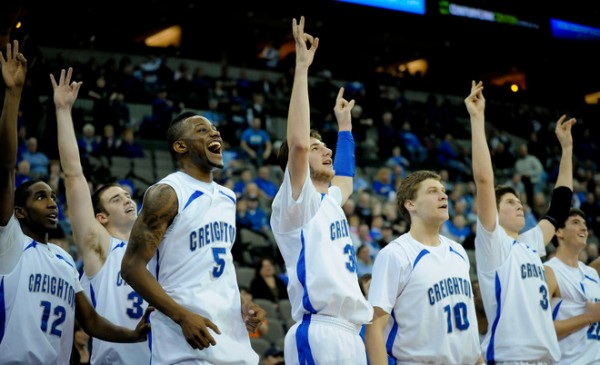The Other 26: Cowboy-ing Up
Posted by IRenko on January 5th, 2013I. Renko is an RTC columnist. He will kick off each weekend during the season with his analysis of the 26 other non-power conferences. Follow him on Twitter @IRenkoHoops.
College basketball has just four undefeated teams left. You can likely recite the identity of the first three: Duke, Michigan, and Arizona, who occupy the top three spots in the AP rankings. But you may be surprised to learn that the fourth team is the Wyoming Cowboys. Larry Shyatt’s squad sits at 13-0 after a successful non-conference season that featured solid wins over Colorado, Illinois State, and Denver.
Last year, the Cowboys finished sixth in the MW. Then in the offseason, they graduated three of their five starters. So how have they managed to reel off 13 straight victories to start the year? Wyoming is very strong defensively, but they were just as good, if not better, last year. The biggest difference is a major improvement on offense, as their adjusted efficiency has gone from 0.99 points to 1.08 points per possession. That may not sound like a big difference, but when you realize that a single game is composed of dozens of possessions, it adds up to a substantially better offensive performance. This increased efficiency has been driven by the Cowboys’ ability to get to the free throw line and to convert on two-point opportunities. Senior forward Leonard Washington deserves the credit for leading the team in both respects. The 6’7″ tweener is shooting 63.7 percent on two-point field goals and draws 6.2 fouls per 40 minutes — one of the higher rates in the country.
The second significant factor in the Cowboys’ improvement is the offseason development of senior Derrious Gilmore and sophomore Larry Nance, Jr. (yes, the former NBA player’s son). Gilmore has rewarded Larry Shyatt’s decision to hand him the starting point guard spot by improving his per game averages from 3.1 points and 1.1 assists per contest to 11.8 points and 3.2 assists per game. He averages more than 32 minutes per game, second most to Washington. Nance, meanwhile, has gone from averaging 4.1 points and 4.0 rebounds per contest to 11.2 and 6.8, respectively. He shoots over 60 percent on two-point attempts and 84.2 percent from the free throw line. Add in the contributions of returning starter and senior guard Luke Martinez (14.5 points, 42.2% 3FG) , and the Cowboys have a feature a surprising amount firepower.
Despite their undefeated mark, it remains an open question as to how good the Cowboys really are. Last year, they got off to 14-2 start during non-conference play but crumpled to a 6-8 record in the Mountain West. This year’s record is even more impressive to be sure and, as noted above, features some solid if unspectacular wins. But the strength of schedule is about to kick into a higher gear, as they enter conference play against a very deep and talented Mountain West. If they can maintain their offensive improvement through the rest of the year and continue to get contributions from a range of players, they may be Dancing for the first time since 2002 and just the second time in 25 years.
Let’s move on to this week’s Top 10, the performances that caught our eye this past week, and the games to watch in the week ahead.





























